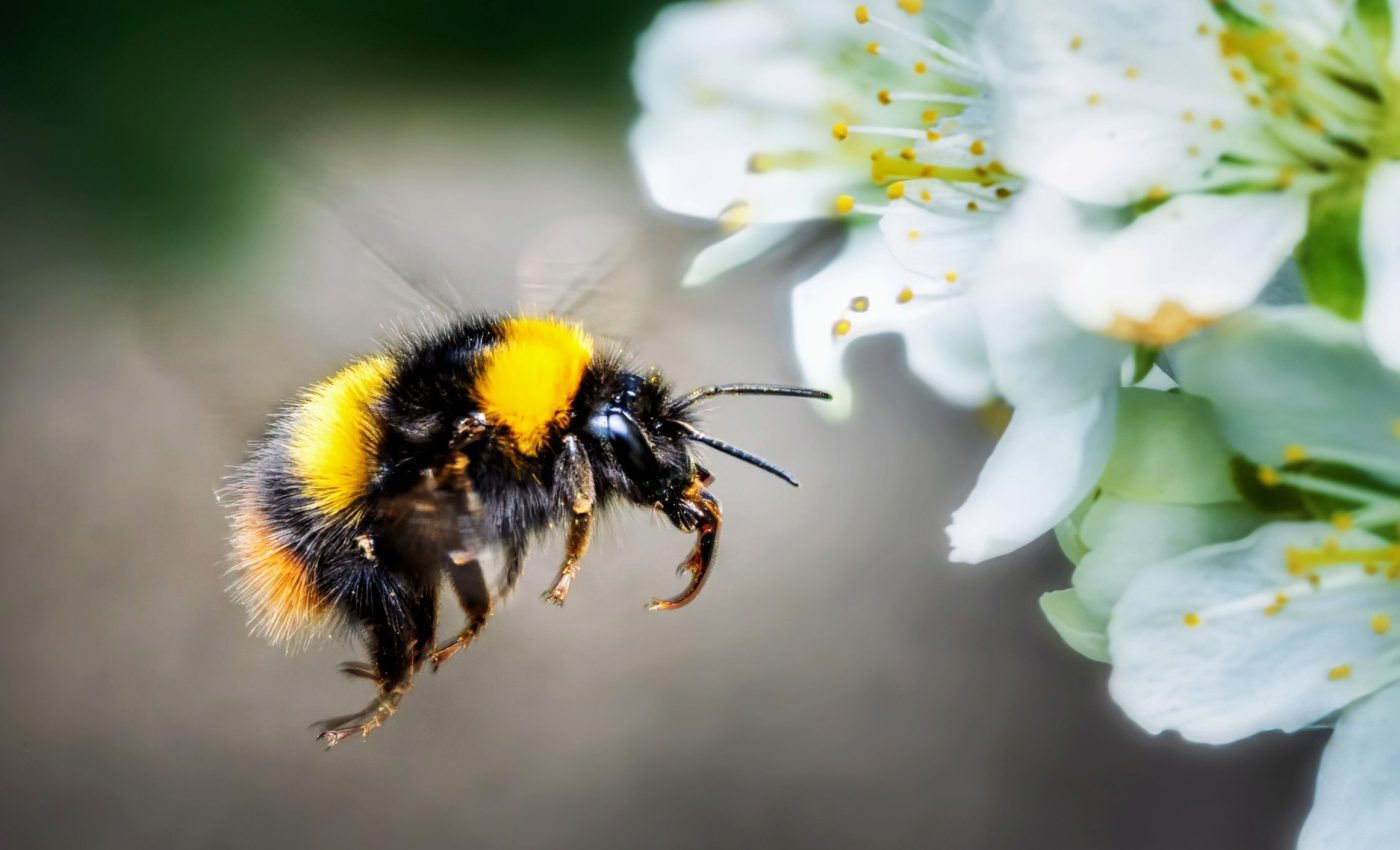
Can bumblebees navigate better than humans?
The humble bumblebee, with a brain no bigger than a speck, is capable of feats that might leave us humans with our big brains feeling a bit inadequate. A new piece of research from Lund University in Sweden has shed light on the fantastic navigation of little bumblebees.
Their secret? According to Rickesh Patel, a researcher in sensory biology at Lund University, bumblebees constantly monitor their direction and distance while flying, storing this information as spatial vectors in their long-term memory.
“Our study provides important keys to understanding how bumblebees can seemingly perform navigational feats similar to those of mammals despite their brain being the size of a pinhead,” says Patel.
Navigation: Bumblebees vs. humans
In quizzes between humans and bumblebees, the score might just be in the insects’ favor! The research, revealed in the Proceedings of the National Academy of Sciences, suggests bumblebees’ sense of direction may indeed be superior to ours.
The bumblebees’ capacity to store multiple spatial memories for convenient retrieval makes them expert navigators, even after long and winding flights. Don’t you wish you had that when trying to come home late at night? It would save a lot of time fumbling with Google Maps and missed turns!
Bumblebees’ expert navigation skills
Yet, there’s much more to this story than just the fascinating secrets of bumblebee navigation. Imagine the potential impact of this knowledge on inspiring technological applications, particularly in the rapidly evolving field of robotics.
The insights gained from studying how these remarkable insects navigate can lead to groundbreaking advancements in robotic systems designed for complex navigation tasks.
We are talking about challenges that require innovative solutions that are not only effective but also economical in terms of computation and energy usage.
Patel noted that leveraging nature’s strategies can pave the way for the development of energy-efficient robots capable of performing intricate maneuvers in various environments.
No GPS? No problem
Clueless about where to go without GPS? Well, that’s not a problem for our buzzing friends. And this has potential benefits for us, too. Notably, in cases of autonomous navigation robots operating sans GPS satellites.
Picture robots navigating through disaster zones, war fields, or caves where satellite signals may not work.
The bumblebee’s way of handling geographic information could be the key to developing such autonomous robots. These bots could be indispensable in search-and-rescue missions in crisis situations.
Network of bumblebees navigation
Bumblebees don’t just navigate expertly; they also thrive in their social structures, which plays a crucial role in their survival.
These insects operate within colonies that can consist of dozens to hundreds of members, each fulfilling specific roles, from foragers to nest guardians.
Their ability to communicate effectively through intricate dances and pheromones ensures that vital information – like the location of rich pollen sources – is shared swiftly amongst the colony.
Understanding this social dynamic not only sheds light on bumblebee behavior but also provides valuable insights into cooperative strategies that could enhance team-based approaches in both ecological studies and robotics.
Impacts on biodiversity and ecosystems
The remarkable navigation skills of bumblebees extend beyond their individual survival; they have significant ecological implications as key pollinators in various ecosystems.
By effectively locating and accessing floral resources, bumblebees contribute to the reproduction of numerous plant species, which in turn supports overall biodiversity.
This highlights the interconnectedness of life forms within an ecosystem, emphasizing the importance of preserving bumblebee populations.
As we delve deeper into their navigational prowess, we must also reflect on the conservation of their habitats and the challenges they face, such as habitat destruction and climate change, to ensure the stability of the ecosystems they help sustain.
Broader implications of the study
But Patel and his team aren’t done. They believe this study has more implications. It throws a light on how we view animals and their cognitive abilities, especially those with small brains.
It shows us that complex navigational skills, which we assumed were the privilege of the big-brained (like us humans), aren’t so exclusive after all. It makes us wonder, what else could we learn from the humble bumblebee and its tiny-brained kin?
Science has a way of making us realize that wisdom and intelligence come in all sizes. And it’s in the nature of science, and indeed the nature of humankind, to never stop learning. Our buzzing friends the bumblebees just taught us a new lesson!
Perhaps it’s time we put our big brains to the task and learn to navigate life with a little help from our winged guides?
The study is published in the journal Proceedings of the National Academy of Sciences.
—–
Like what you read? Subscribe to our newsletter for engaging articles, exclusive content, and the latest updates.
Check us out on EarthSnap, a free app brought to you by Eric Ralls and Earth.com.
—–













